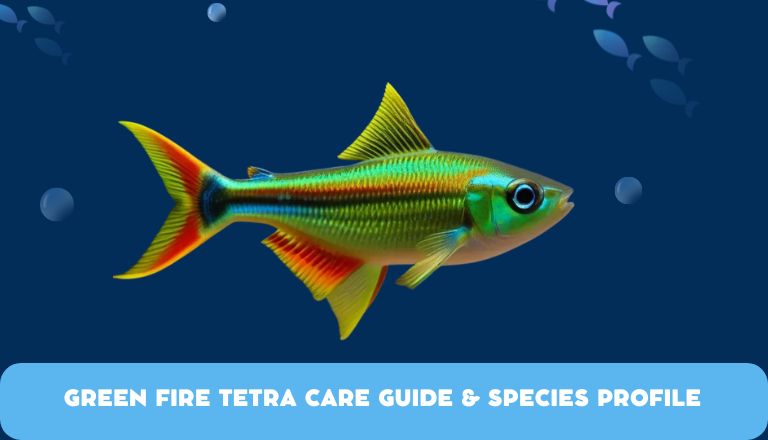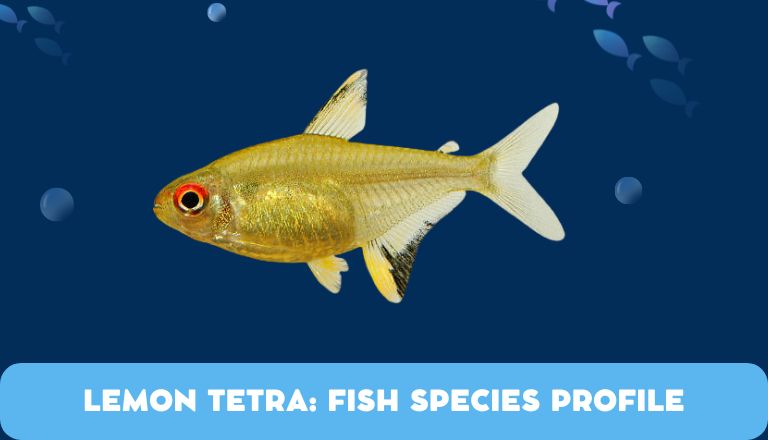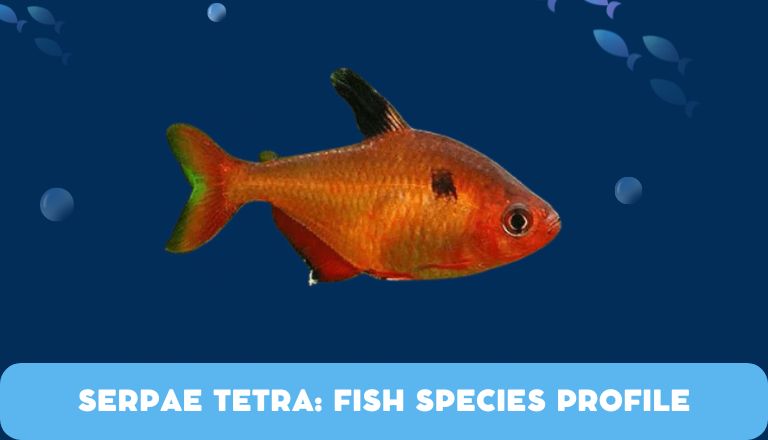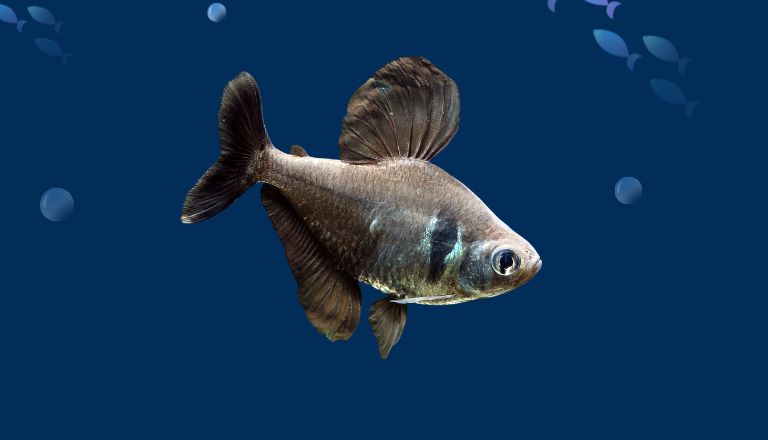Rummy Nose Tetra: Fish Species Profile
Have you ever seen a fish that looks like it’s wearing vibrant red lipstick? Meet the Rummy Nose Tetra. It is a stunning aquatic creature that catches the eye with its distinctive red-striped nose. As an avid aquarium enthusiast, I’ve always been captivated by the elegance of these small but striking fish. In this article, we’ll dive deep into the world of the Rummy Nose Tetra to uncover everything you need to know about this unique species.
From their peaceful demeanor to their playful schooling behavior, Rummy Nose Tetras bring life and color to any aquarium setting. Join me on a journey as we explore the origins, characteristics, and care requirements of these enchanting fish.
Rummy Nose Tetra Facts & Overview
The Rummy Nose Tetra is scientifically known as Hemigrammus rhodostomus. They are stunning little fish that add vibrant colors to any aquarium. They have bright red noses and silver bodies. These tetras are known for their peaceful nature.
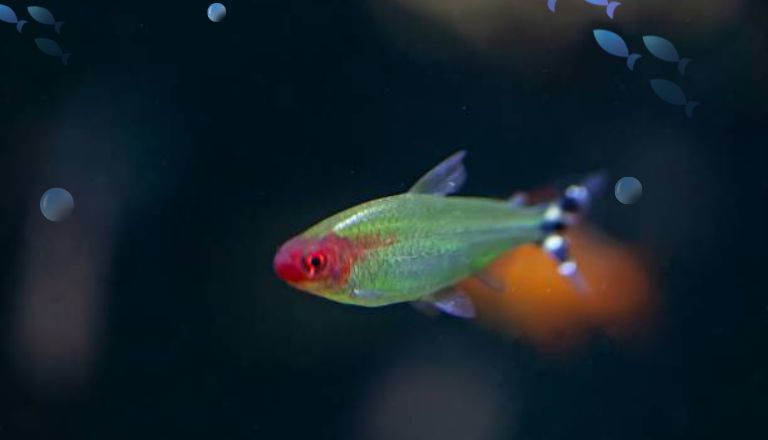
They tend to school tightly together, displaying a synchronized swimming pattern. These fish prefer being kept in groups of at least six individuals to feel more secure. These tetras are sensitive to water conditions. Maintain good quality water with proper filtration and regular water changes.
Origin
The Rummy Nose Tetra originates from the Amazon River basin in South America. This vibrant fish is a popular choice for freshwater aquariums due to its peaceful nature and striking appearance. They are mostly found in slow-moving rivers and flooded areas with dense vegetation. They thrive in schools among their kind.
The Rummy Nose Tetra’s red-colored nose serves as a signal to other members of their school. It aids in communication and group cohesion. This unique adaptation adds to their beauty and also plays a role in their survival in the wild.
Rummy Nose Tetra Size & Lifespan
Rummy Nose Tetras can grow up to 1.5 inches in size. They are small in size and are energetic swimmers. They enjoy exploring all levels of the aquarium.
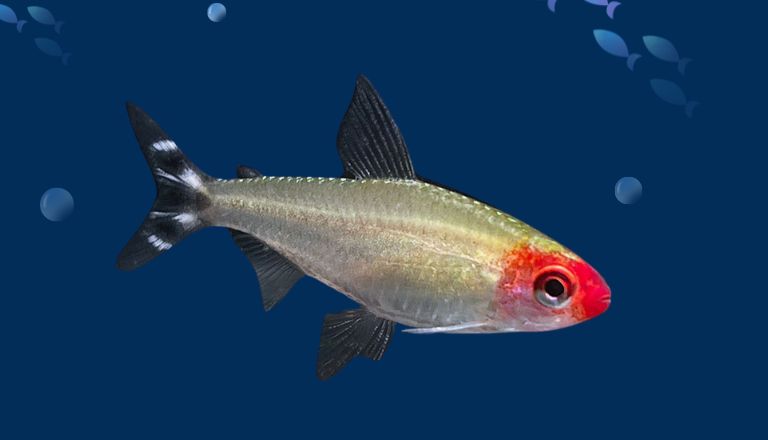
These Tetras live for around 3-5 years when kept in optimal conditions. Provide clean water, suitable tank mates, and a varied diet to ensure the longevity of these colorful fish. Create a well-maintained environment for your tetras to thrive.
Availability
The Rummy Nose Tetra is a popular freshwater fish among hobbyists due to its striking red nose and silver body. These small and peaceful fish are native to South America, specifically the Amazon River basin. The Rummy Nose Tetras are available in most pet stores that carry tropical fish.
These tetras are commonly found in both brick-and-mortar aquarium shops and online retailers. Their availability is based on seasonal demand and geographical location.
Appearance & Behavior
The Rummy Nose Tetra is a beautiful fish with a slender body and vibrant colors. Its name comes from the red nose that extends into its translucent body. When kept in a well-maintained aquarium, their colors pop even more. These tetras are known for their active and sociable nature. They swim gracefully in schools around the tank.
Colors, Patterns, Fins, and Sex Differences
The Rummy Nose Tetra is a small, vibrant fish that adds a pop of color to any aquarium. They have bright red noses and silver bodies. The fins of the Rummy Nose Tetra are translucent with hints of red at the base.
These tetras have a sleek and streamlined body shape with no distinctive markings or patterns. Their coloration sets them apart, making them a visually appealing addition to any community tank. Male Rummy Nose Tetras have more intense red coloration on their noses compared to females. This adds an extra layer of distinction between the sexes in this species.
Behavior
Rummy Nose Tetras are known for their fascinating behavior. These small fish are most active in schools, displaying synchronized swimming patterns that are truly mesmerizing to watch. Their movements are coordinated and swift, creating a beautiful display of unity and harmony in the tank.
They school tightly with each other when they feel threatened or stressed. This provides them with safety and confuses predators with their fast and agile movements. These fish exhibit hierarchical behaviors within the school, with dominant individuals leading the group and setting the pace for others to follow.
Rummy Nose Tetra Care & Tank Requirements
Taking care of Rummy Nose Tetras requires a well-maintained tank with plenty of vegetation and hiding spots. These small, active fish thrive in schools. Keep the water clean and properly filtered, as they are sensitive to changes in water quality.
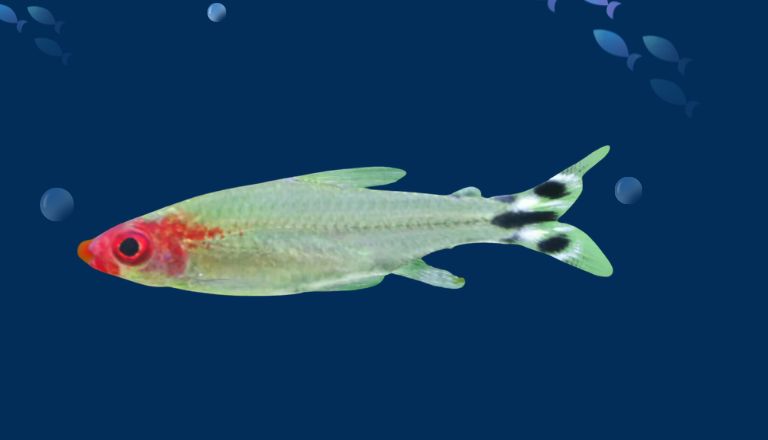
Habitat and Tank Requirements
The Rummy Nose Tetra requires proper care and tank conditions to thrive. They are best kept in schools of at least six individuals. Provide them ample swimming space along with dense vegetation and hiding spots to mimic their natural habitat in South America.
Tank Conditions
Maintaining optimal water conditions for the health of Rummy Nose Tetras. They prefer slightly acidic water with a pH level between 6.0-7.5 and a temperature between 75-82°F (24-28°C). Regularly change and filter the water to keep the water clean and free from toxins that can harm these sensitive fish. Provide them with soft, slightly dim lighting as they can be easily stressed by bright lights.
Creating an environment that resembles the natural habitat of Tetras will enhance their well-being and showcase their beautiful colors and unique behaviors.
Disease
Rummy Nose Tetra Disease, also known as Neon Tetra Disease, is a common ailment that affects these beautiful fish. It is caused by the parasite Pleistophora hyphessobryconis and can be devastating if left untreated. Its symptoms include loss of color, lethargy, and a characteristic wasting away of the fish’s body.
There is no known cure for Rummy Nose Tetra Disease once a fish is infected. Prevention is carried out through diligent tank maintenance and quarantine of new fish.
Tank Mates
Good companions for these small, shoaling fish include other non-aggressive species like Corydoras catfish, Neon Tetras, and Ottocinclus Catfish. These fish share similar water parameter requirements.
Avoid pairing Rummy Nose Tetras with larger or more aggressive fish that might intimidate or outcompete them. Species such as Cichlids or Bettas are not suitable companions due to their territorial behavior. Keep the tank well-planted with hiding spots to provide a sense of security for all the inhabitants.
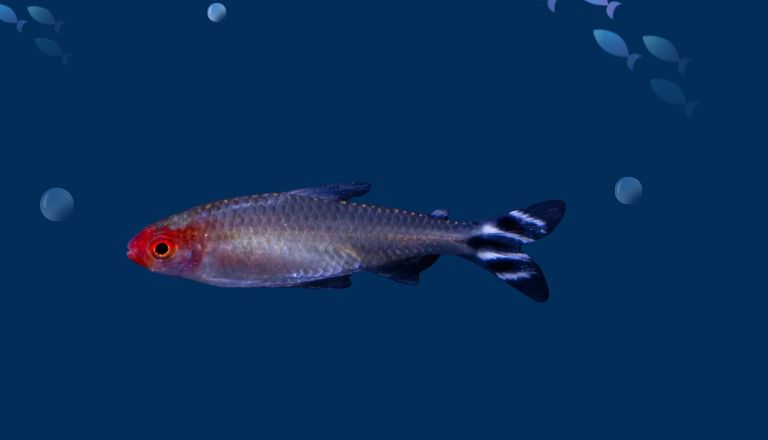
By selecting peaceful companions that complement the social nature of the Rummy Noses, you can ensure a balanced and thriving aquarium ecosystem.
Diet and Feeding
The Rummy Nose Tetra is an omnivorous fish. They thrive on a varied diet. Offer them a balanced meal plan. Give them a combination of high-quality flake or pellet food along with live or frozen foods like bloodworms, brine shrimp, and daphnia.
These active little fish also enjoy nibbling on algae wafers and blanched vegetables like zucchini or cucumber. Feed them small portions multiple times a day. It mimics their natural grazing behavior in the wild and prevents overeating.
Remove any uneaten food after feeding time to maintain water quality in the aquarium. By providing a diverse diet rich in protein, fiber, vitamins, and minerals, you can ensure your Tetras remain lively and colorful for years to come.
Breeding
Breeding Rummy Nose Tetras can be a rewarding experience for aquarium enthusiasts. To successfully breed these fish, provide them with a well-maintained tank environment that mimics their natural habitat. Create hiding spots using plants and decorations to help the fish feel secure and encourage breeding behavior.
During the breeding process, Rummy Nose Tetras scatter their eggs among plants or on the substrate. The adult fish display intricate courtship rituals as they pair off for spawning. To increase the chances of fry survival, it is recommended to remove the parents from the tank after spawning to prevent them from eating their eggs or newly hatched fry.
Breeding Rummy Nose Tetras requires patience and attention to detail. With proper care and an understanding of their natural behaviors, breeding Rummy Nose Tetras can be a fascinating journey.
Conclusion
The Rummy Nose Tetra is a fascinating and beautiful fish. It can make a wonderful addition to any aquarium. With their striking red nose and peaceful nature, they bring joy and vibrancy to your tank. Understanding their preferred water conditions and social behavior is key to ensuring their optimal health and well-being. By providing them with a suitable environment and proper care, you can enjoy watching these lively little fish thrive in your aquarium. Add some Rummy Nose Tetras to your tank today for a colorful and lively aquatic display!
FAQs
What are the Three Species of Rummy Nose Tetras?
The three species of rummy nose tetras are Hemigrammus bleheri, Petitella georgiae, and Petitella bleheri. These fish are known for their striking red noses and vibrant silver bodies, making them a popular choice among aquarium enthusiasts. Hemigrammus bleheri is the most commonly found species in the hobby, known for its peaceful nature and schooling behavior.
Is Rummy Nose Tetra Aggressive?
Rummy nose tetras are generally peaceful and non-aggressive fish. They are known for their calm demeanor and social behavior. It makes them great additions to community aquariums. They can exhibit some territorial behavior, especially when it comes to defending their space or during breeding seasons.
How Many Rummy Nose Tetras Should be Kept Together?
Rummy nose tetras are social fish that thrive in groups. It is recommended to keep them in a school of at least six individuals. This reduces stress and promotes natural behavior in the fish. Keeping a larger group also enhances their vibrant colors and makes them feel more secure in their environment.
What is the Lifespan of a Rummynose Tetra?
The lifespan of a rummynose tetra is around 3 to 5 years. With proper care and a healthy environment, they can sometimes live up to 7 years. These small, colorful fish are known for their red nose and silver body. To ensure the longevity of your rummynose tetras, maintain a clean tank with stable water parameters.
Are Rummynose Fin Nippers?
Rummynose tetras are generally peaceful fish and are not known to be aggressive fin nippers. They are a popular choice for community aquariums due to their calm nature and vibrant red coloration on their nose and fins. In some cases, if they feel stressed or overcrowded, they may exhibit fin-nipping behavior.


